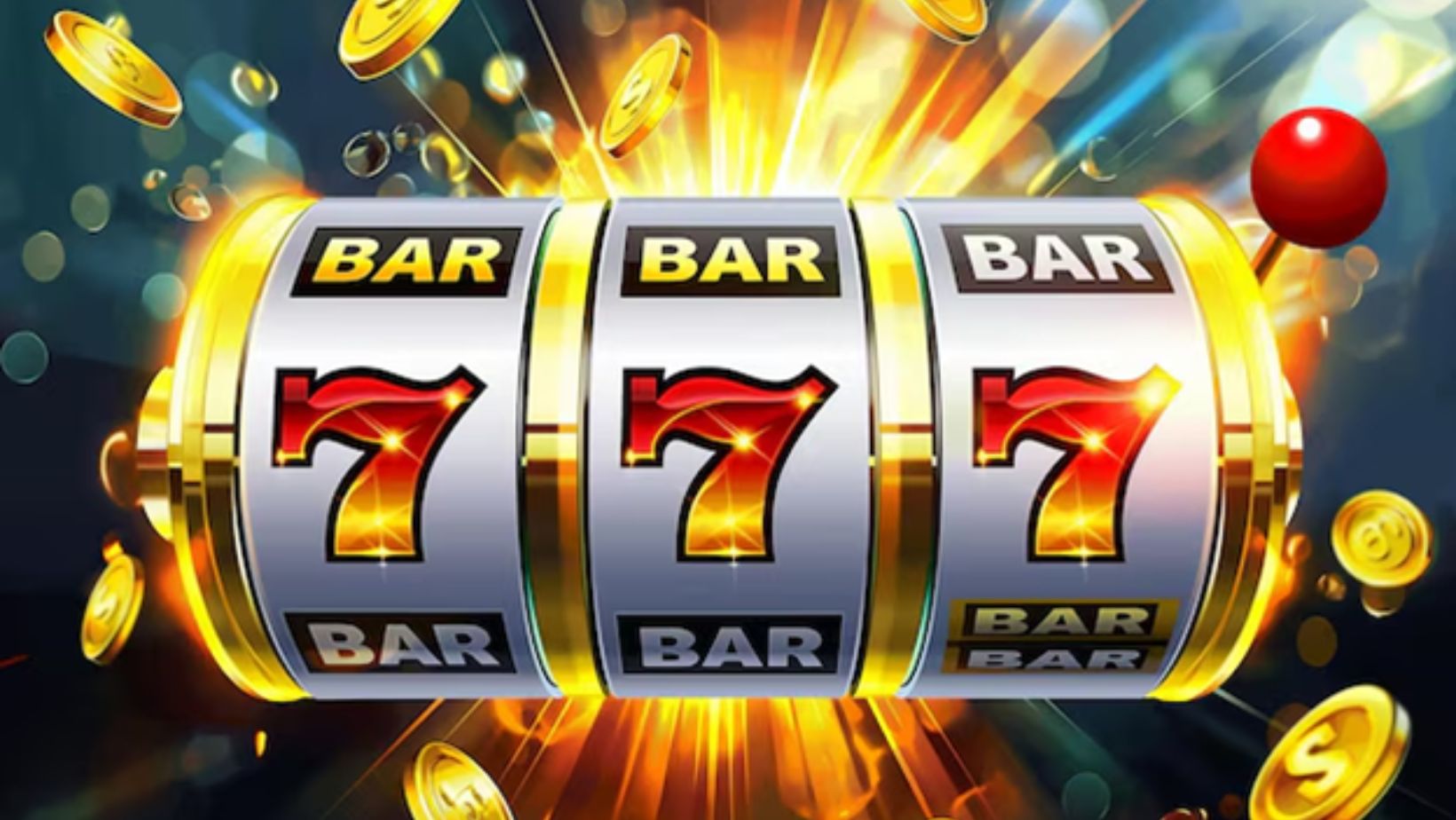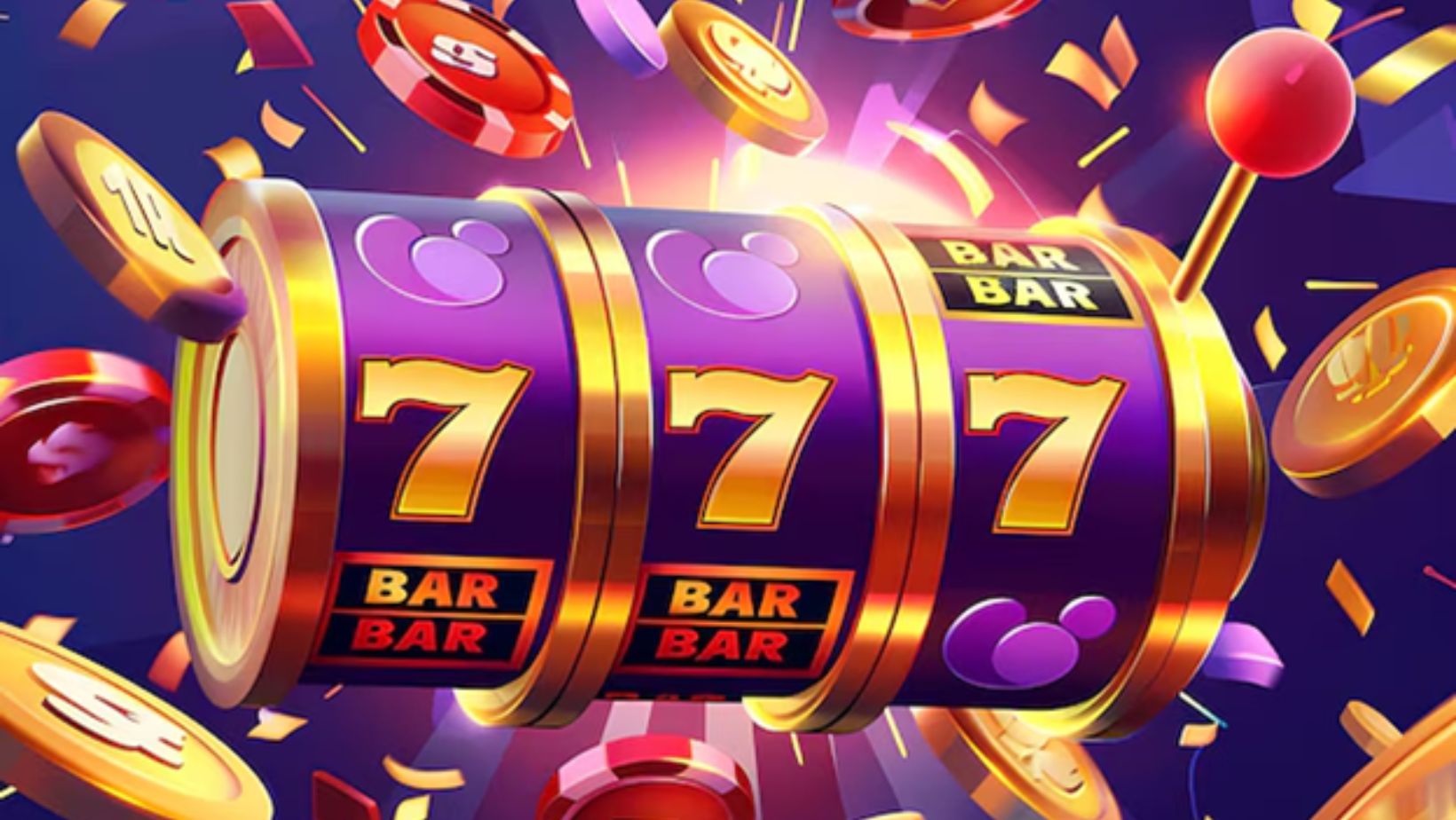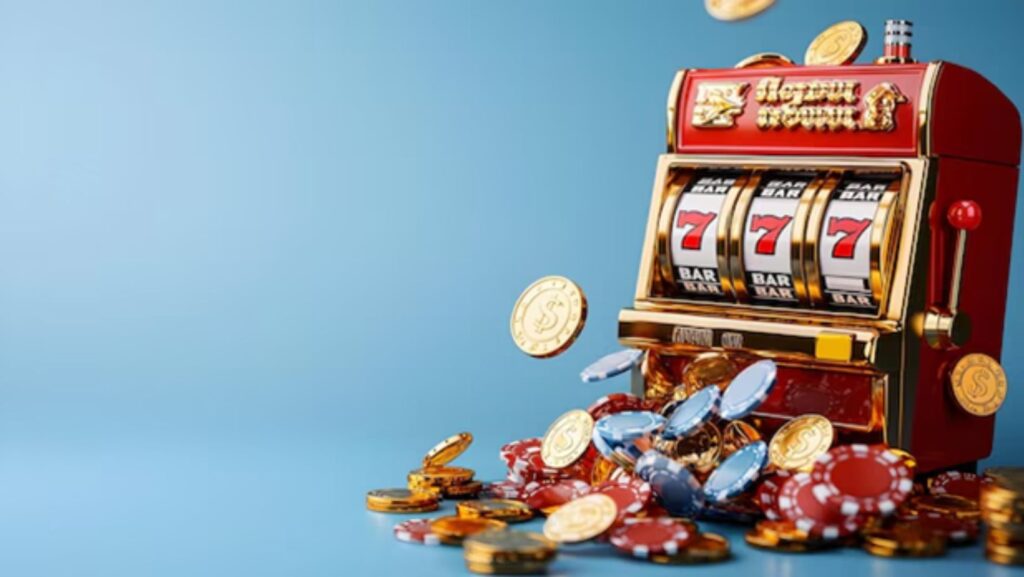Have you ever wondered how casinos decide the payout percentages for slot machines? Or how do these numbers affect your chances of winning? It’s one of those things that seems a little mysterious, but understanding it can make playing more exciting and rewarding. In this article, we’ll break down everything you need to know about how casinos set these percentages, how they work, and why they can vary from one slot machine to another. Let’s dive into the fascinating world of slot machine payouts!
What is a Payout Percentage?
Before we get into the details of how casinos set these percentages, let’s make sure we understand what a payout percentage is. The payout percentage, also known as the Return to Player (RTP), is the percentage of the total money wagered on a slot machine that is paid back to players over time. For example, if a slot machine has an RTP of 95%, it means that, over the long run, the machine will return $95 for every $100 wagered.
But here’s the cool part: This isn’t something that happens immediately. RTP is calculated over a large number of spins, so it doesn’t mean you’ll win back 95% of your money after a certain number of spins. It’s an average, not a guarantee, for individual players or individual gaming sessions.
How Do Casinos Set Slot Machine Payout Percentages?
Now, let’s get into the nitty-gritty of how these payout percentages are set. The process is highly regulated, and casinos work with slot machine manufacturers and gaming authorities to ensure that all payout percentages are fair and within legal limits.
1. Casino and Manufacturer Collaboration
When a casino decides to install a new situs slot gacor machine, the casino works with the manufacturer to choose the appropriate payout percentage. Slot machine manufacturers design machines with adjustable RTPs, which can be set within a certain range. This flexibility is beneficial because it allows the casino to tailor the RTP to meet their business goals and the preferences of their players.
For example, a casino may want a machine with an RTP of 90%, which is a bit lower, or they may choose a machine with an RTP of 98% to attract players looking for higher chances of winning. The manufacturer programs the machine with the desired RTP. Once it’s installed in the casino, the machine’s payout percentage is typically locked and cannot be adjusted by casino staff.
2. Gaming Regulations and Standards
Gaming regulatory bodies play a big role in ensuring the process is transparent and fair. Every jurisdiction (whether it’s a state, country, or region) has its own set of rules and regulations that govern how slot machines must operate. These regulations ensure that casinos maintain a minimum payout percentage, which is often set between 80% and 90%, depending on the area.
While the exact rules vary by location, casinos must always comply with these guidelines to maintain their gaming licenses.

Regulatory bodies test machines regularly to ensure they are operating correctly and paying out the set RTPs. This gives players peace of mind, knowing that the games are fair and meet established standards.
3. Casino Strategy
Casinos also consider several factors when setting the payout percentage. They want to strike a balance that keeps players entertained while also maintaining profitability. A higher payout percentage tends to attract more players, but the casino still needs to ensure they make a profit. By offering a mix of payout percentages across their machines, casinos can cater to a variety of player preferences while ensuring that the overall gaming environment is profitable.
Factors that Influence Payout Percentages
While casinos set payout percentages, several factors can influence slot machines’ RTP. Let’s look at some of the key elements that shape these percentages.
1. The Type of Slot Game
Different types of slot gacor games can have different payout structures. For example, video slots often have higher RTPs compared to traditional mechanical slots because they offer more complex gameplay and bonus features. Progressive slots, on the other hand, typically have a lower RTP, but they offer huge jackpot prizes that grow over time.
2. The Location of the Casino
The location of the casino can also play a role in the RTP. For instance, casinos in high-traffic tourist areas may offer more competitive payout percentages to attract players, whereas smaller casinos might adjust the RTP to align with their business model and customer base.
3. Market Demand and Competition
Casinos are always looking to stay ahead of the competition, so they may adjust the payout percentage to keep players coming back. If a nearby casino offers higher RTPs on their slot machines, other casinos may follow suit to remain competitive. The demand for certain types of slots and the popularity of certain machines can also influence how the RTP is set.
How RTP Affects Your Slot Experience
Now that we know how casinos set payout percentages let’s take a moment to discuss how RTP can affect your experience as a player.
1. Understanding Your Chances
Higher RTPs typically mean better odds for players over time, though the results still depend on many factors, like the randomness of the game and the number of spins.

With a higher RTP, you might enjoy longer playtime for your wager and potentially see more frequent, smaller wins. This can make for a more enjoyable and satisfying gaming experience.
2. Game Features and Bonuses
Games with higher RTPs often come with exciting bonus features like free spins, multipliers, and special symbols that enhance your chances of winning. These features are designed to give players more opportunities to win, making the experience more thrilling.
3. Long-Term Entertainment Value
It’s important to remember that RTP is calculated over the long term. In the short run, anything can happen. The key takeaway is that RTP can give you a general idea of how a game might behave, but individual results can vary. However, playing on a machine with a higher RTP can give you more chances to enjoy the game and possibly come out ahead in the long run.
Table: Example of Payout Percentages for Different Slot Types
|
Slot Type |
Average RTP (%) |
Features |
|
Traditional Slots |
85% – 90% |
Simple gameplay, fewer bonus features |
|
Video Slots |
92% – 96% |
Animated themes, free spins, bonus rounds |
|
Progressive Slots |
85% – 95% |
Jackpot that grows over time |
|
High Roller Slots |
94% – 98% |
Higher bet limits, higher RTP |
Conclusion
Casinos carefully set the payout percentages for slot machines with the help of manufacturers and gaming regulators to ensure fairness and maintain excitement for players. Whether it’s a traditional slot or a flashy video slot, the RTP can help shape your overall experience. By understanding the way RTP works and how casinos set these percentages, you can make more informed decisions the next time you step up to a slot machine. So, next time you’re in a casino, remember that the odds are working in your favor, and with a little knowledge, your experience can be both thrilling and rewarding!


More Stories
Beyond the Mainstream: A Journey into Unique Online Games
Sweepstakes casino
What Are Magic Jigsaw Puzzles? A Look at the Famous App and Surprise Puzzles